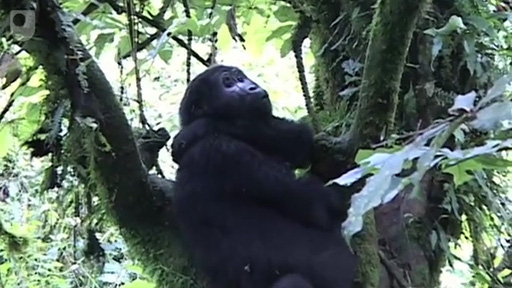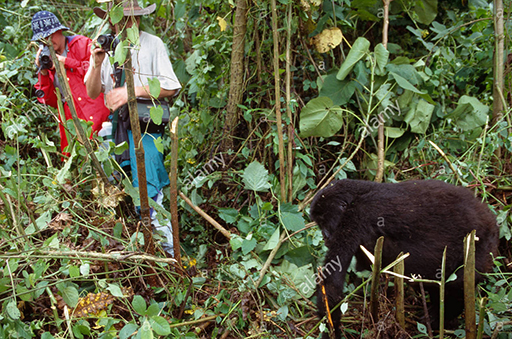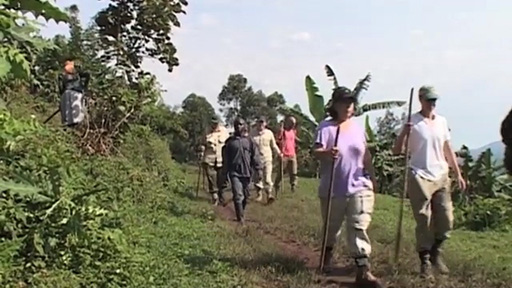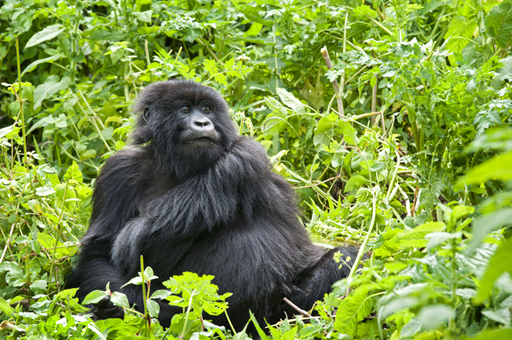1 Gorillas and tourism
Bwindi Impenetrable National Park in Uganda was formed in an attempt to protect the jungle in the area, one of Africa’s richest ecosystems, from human activities. Initially it was preserved in a hostile way, with local residents forcibly evicted and barred from future entry into the park. This sparked angry protest from local communities, and there were violent clashes as a result.
An integrated conservation development programme was conceived to protect the area without alienating local communities, who had been dependent on the resources available in the forests and jungle for their livelihood.

Transcript
Gorillas and tourism
Contributors to this video include G. Kalema-Zikusoka, T. Yese, C. Bwiza, J. Byamukama, M. Mapesa.
The Bwindi population of mountain gorillas is one of only two known. The population in Virunga national park in the DRC (Democratic Republic of Congo) has recently been surveyed, since the video was made. A census of the population in Bwindi was started in 2018. The previous census in 2012 showed that there were over 400 individuals. In the Virunga national park the 2018 census showed that there were 604 individuals in 41 social groups. This is an increase on the 2010 census figure of 480. So, although these figures are encouraging, around 1000 mountain gorillas in two locations represent a species and ecosystem in extreme danger. As a comparison, the populations of the critically endangered Western lowland gorilla are estimated to total 100,000 individuals.
The population census of the mountain gorillas is being carried out by teams of researchers. They search the trails used by gorillas and the areas in which the animals ‘nest’ at night. Fecal samples are collected so that DNA analysis can be carried out to determine the individual’s identity and their relationship with other social groups. The researchers also record family movement patterns. Of course, while the researchers are working they are looking out for poaching activities.
The crucial point of the development programme was to involve communities in the increased tourist interest in the park and its gorilla population.

As you watch the next film, reflect on why the Bwindi Park was established, and how this affected the local population. What difference has the establishment of the park made to the ecosystems there? Consider whether the economic activities around the park make enough of a difference to the local communities around the park

Transcript
Gorillas and tourists

